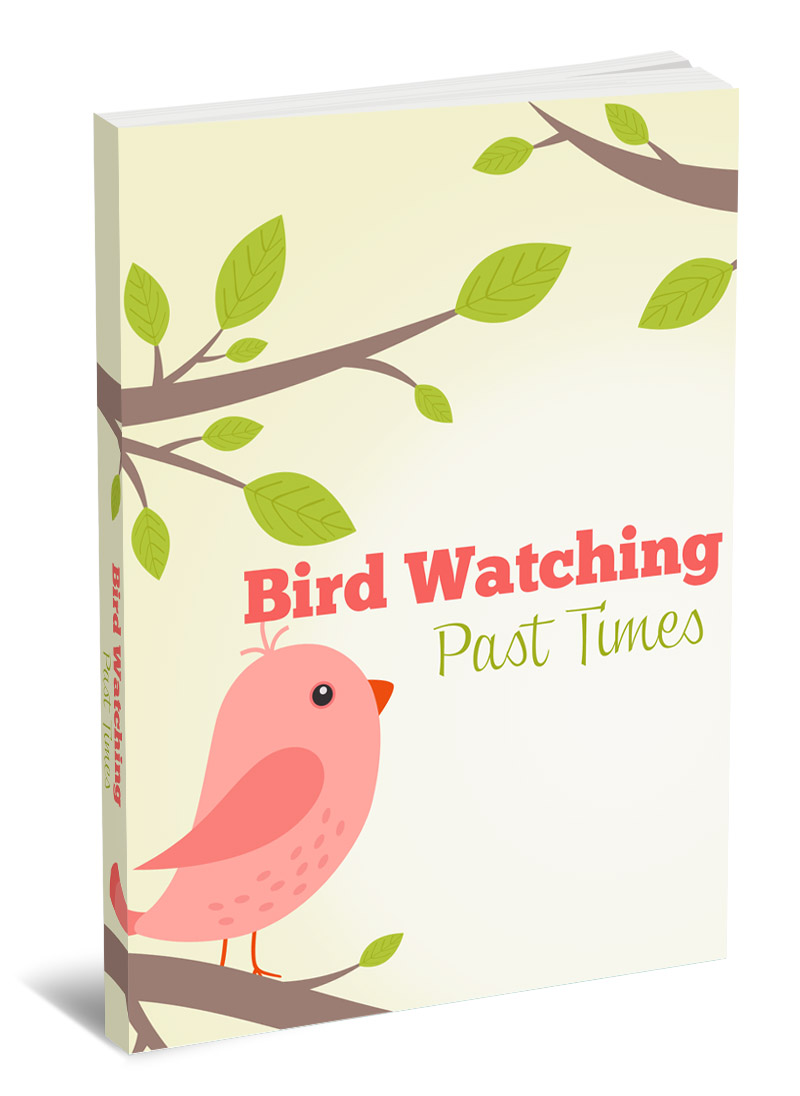Bird Watching Past Times : Summary and Download EBook
Exploring the World of Feathered Friends: An Overview of “Bird Watching Past Times”
This Article summarizes the key insights and practical advice offered in the e-book “Bird Watching Past Times,” which serves as an introductory guide to the hobby of bird watching. It’s important to note, as the source itself states, that this e-book is intended as a helpful guide and not an definitive authority, acknowledging potential minor errors and the dynamic nature of the information.

Bird Watching Past Times
The publication frames bird watching as a potentially enriching and engaging activity, particularly once foundational knowledge and skills are acquired. A central challenge identified for newcomers is the often-difficult task of identifying birds, which are frequently observed at a distance, in varied lighting conditions, and are constantly in motion or hidden. Success, therefore, hinges on developing a general understanding of bird behavior and honing observational abilities.
For those new to the hobby, the e-book provides several valuable tips. Beginners are encouraged to concentrate on observing a single bird at a time, ideally using binoculars for a clearer view. Once a bird is spotted, dedicating time to note its physical characteristics, movements, feeding habits, songs, color, and size is crucial for identification. The guide emphasizes the importance of listening to and mentally repeating bird calls and songs, as these vocalizations can aid identification even when the bird is unseen. Estimating the bird’s general shape and size can offer significant clues about its family, while paying close attention to bill shape and facial markings, though challenging due to a bird’s small size and activity, is highlighted as a key to distinguishing species. Observing less active birds and focusing on their head for unique color patches or stripes is recommended for this detailed examination.
The ebook draws a clear distinction between casual “bird watchers” and more dedicated “birders.” Bird watchers engage in the activity primarily for leisure and relaxation, enjoying the natural surroundings as much as the birds themselves. They may use binoculars but are not overly concerned with specialized equipment or rigorous record-keeping, often maintaining simple journals. Their observations are considered non-scientific. Birders, on the other hand, are portrayed as having a deeper passion and commitment, approaching bird watching with a scientific inclination. They invest in equipment, actively seek out new and rare species, often traveling to do so, and maintain meticulous records of their sightings, contributing to a more scientific understanding.
A significant tool for serious birders is the “bird watching life list.” This serves as a personal inventory, tracking the different bird species observed, where and when they were seen, their classification, and details about their behavior. The life list is presented as a testament to a birder’s experience and accumulated knowledge, with the data becoming increasingly valuable and scientifically relevant over time, potentially aiding future research.
Equipping oneself properly is highlighted as beneficial for bird watching. The basic gear includes binoculars, a spotting scope (preferably with a tripod), a notepad for journaling, and field guides. Binoculars are deemed essential, with specialized types available for bird watching. The guide recommends a minimum magnification of 7x, noting that higher powers can be difficult to hold steady. The objective lens size is also important, as a larger diameter allows more light to enter, resulting in a clearer image. Compact binoculars are not recommended due to a limited field of view. Spotting scopes offer greater magnification and are typically used with a tripod, indicating a higher level of dedication to the hobby. Field guides are crucial for identifying species and locating potential birding spots, while a notepad serves as a vital tool for recording observations and questions. The e-book also introduces digital camera binoculars as a modern innovation allowing for simultaneous viewing and high-quality image and video capture, even in low light, highlighting features like resolution, video capability, and portability. Specific brands recommended for traditional scopes include ATN, Bushnell, Leupold, Nikon, and Swarovski, while Barka, Bushnell, Celestron, and Meade are mentioned for digital camera binoculars. These tools are also noted as being useful for other outdoor pursuits.
Finally, the ebook touches upon introducing children to bird watching, emphasizing its potential to foster a love and respect for animals and nature. It’s presented as a valuable way to spend quality time and teach children about the importance of caring for the environment. Preparations for birding with children include ensuring the supervising adult has prior experience, researching suitable and safe locations, and checking park facilities and regulations. Essential items for bird watching with children include kid-friendly binoculars, a bird book or field guide, water and snacks, a first aid kit, and a camera or notebook to encourage engagement and record observations.

Bird Watching Past Times
